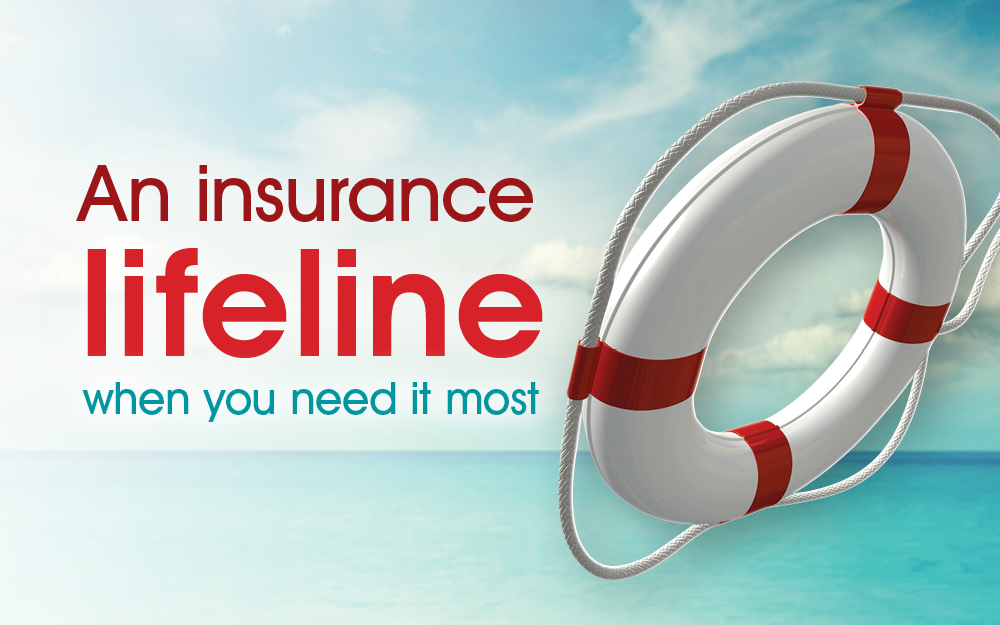
What trauma insurance is and isn’t.
Trauma insurance – sometimes known as critical illness insurance – provides a lump sum payment in the event of a major illness or injury, such as a cancer diagnosis, heart attack or stroke. The full list of conditions covered will be set out in your policy.
In 2013, the most recent year for which figures are available, insurers paid out $621 million to 4512 trauma policyholders. That works out to an average pay out of $137,808.i
As with other types of personal insurance, the cost of a trauma policy will vary depending on how likely you are to make a claim. This is calculated with reference to your age, gender, occupation, health status and the amount of cover you’re seeking. A non-smoking 35-year-old male, for example, should be able to take out a standard trauma policy for around $300 a year. This will entitle him to $20,000 if he has a heart attack, $120,000 if he’s diagnosed with cancer and $150,000 if he has a stroke. ii
Why you may need it.
You may be wondering why you might need a trauma insurance policy if you have private health insurance. If you have other forms of personal insurance that provide a much larger payout if something goes wrong, you may wonder why you need to bother with trauma cover?
The answer to the first question is that trauma cover pays for rehabilitation, carers, other forms of treatment and loss of income that health insurance does not. The answer to the second question is that trauma is best seen as a complement to, rather than substitute for, these other forms of personal insurance:
Life insurance pays your dependants a lump sum if you die.
Income protection insurance replaces (most of) your salary for the period you are unable to work due to illness or injury.
Total and permanent disability (TPD) insurance provides you with a lump sum payment if you suffer an injury or illness that prevents you ever working again.
If you don’t have any personal insurance, you would be well-advised to investigate some of the more well-known policies before considering trauma cover.
A small outlay for a lot of peace of mind.
If you have superannuation you almost certainly have some life insurance, TPD cover and possibly even income-protection cover ‘baked in’, although the amount of cover is often low so you may need to buy a separate policy outside super. Trauma cover can only be purchased outside super, which brings us back to the issue of why bother.
Take the 35-year-old who is paying $300 a year for trauma insurance. Let’s say he’s diagnosed with cancer. He has a life insurance policy but it’s not going to pay out anything unless it’s terminal cancer. He’s got TPD insurance but it’s not going to pay out anything unless the cancer is going to result in a total and permanent disability. He’s got income-protection insurance but that’s only going to pay out, after a waiting period, once proof has been provided that the cancer is preventing him from earning an income.
With trauma insurance, there are no ifs or buts. Once the diagnosis is made, he qualifies for a lump sum of $120,000. That’s not going to set him up for life by any means, but it will allow him to cover medical expenses and pay the mortgage if he needs to, or chooses to, stop working for a while to concentrate on getting well.
If, like our hypothetical 35-year-old, you have financial responsibilities and want the reassurance of a payout if you suffer an insurable health-related setback then trauma insurance may be for you.
Avoiding being under or over insured is no simple task. If you’d like us to help you work out your insurance needs, give us a call.
i Industry Stats 2013, the risk store 2014, http://www.theriskstore.com.au/resources/16/TRS_Claims_Stats_2013.pdf
ii What’s the cost of trauma insurance, finder.com.au 2017, https://www.finder.com.au/cost-of-trauma-insurance
Latest News Articles
Back to Latest News
End-of-Year Money Checklist: 10 Things To Do Before NYE

Redundancies in Australia Rising Quietly in White-Collar Sectors


